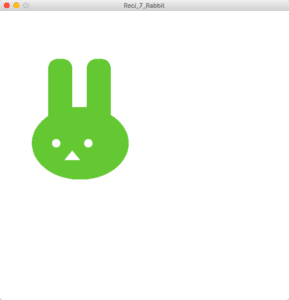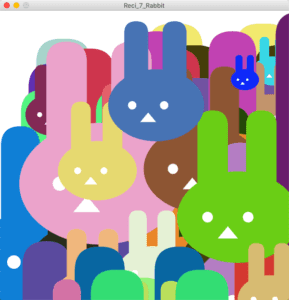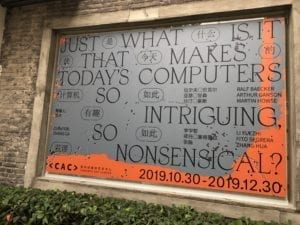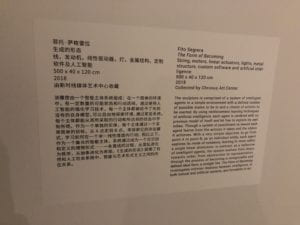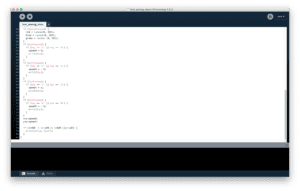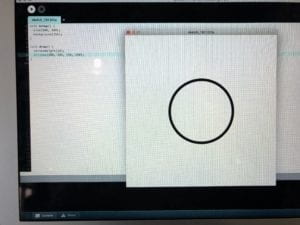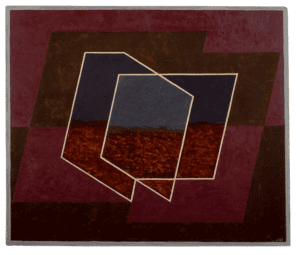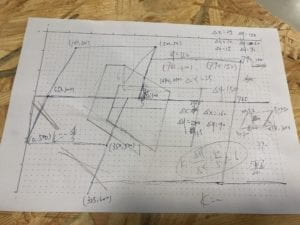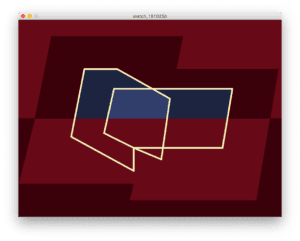The research I did was quite influential on my definition of interaction and my thought of the purpose of an interactive device. For now, I feel like the interactive device must deliver fun or some deeper reflection to the user and the audience around. So I think I will focus on the game format to make the interaction or deliver more deeper insights on current environmental problems.
1. Butterflies.
An individual game using the Joystick module to control the butterflies flying across the polluted mountains, burnt forests, drought fields, and finally arrives at their destination. Butterflies are beautiful. The monarch butterfly is a milkweed butterfly. The eastern North American monarch butterfly is famous for its annual southward autumn migration from the northern and central United States and southern Canada to Florida and Mexico. During the fall migration, monarchs cover thousands of miles, with a corresponding multi-generational return north. The western North American population of monarchs west of the Rocky Mountains often migrates to sites in southern California but has been found in overwintering Mexican sites as well. (Cite from Wiki) However, the species is threatened by pollution and deforestation. By making this game, it may realize the sense of protecting the environment for those players who are originally only interest in the game. The challenge for this project is obvious that drawing a butterfly and make the animation of the butterfly flying is hard. Also, it is also hard to control the time and process of the game. I have not considered how to set the challenge and the trigger to win/lose, so that will be something I need to work on.
2. Elude monitors.
A competitive game using infrared-ray distance monitor and buttons. In order to win, the player needs to avoid getting too close to the distance monitor while holding the button for more than 5 seconds. The players are allowed to disturb the competitor. This game is greatly inspired by the video about the interactive game BUTTON I researched in the last documentation (also shown in class). However, what I want to do is to add more restrictions on players’ moves and abandon too many rules for the player. It is simple, but I think it will trigger some funny interactions between the players, which I might not expect when making it. However, here is the challenge. The players may not feel fun. Meanwhile, the setting of monitors needs lots of user testings and adjustments.
3. Flowing river.
An interactive animation is shown on a big screen while the audience can interact with it using different keys on the keyboard. The color of the river will gradually change as the user keep using the resources from the river. When the river turns black, there will be no longer interactions. This one also wants to remember the player, who originally is only interested in the game, the importance of protecting the environment. Though the mechanism seems simple, there may also be challenges. For instance, the implications for how to have interaction may be not obvious enough for the user. The users may not get the reflection and fun from it. It takes time for the user to observe the purpose, which may not be possible since lots of the users actually lack patience.
